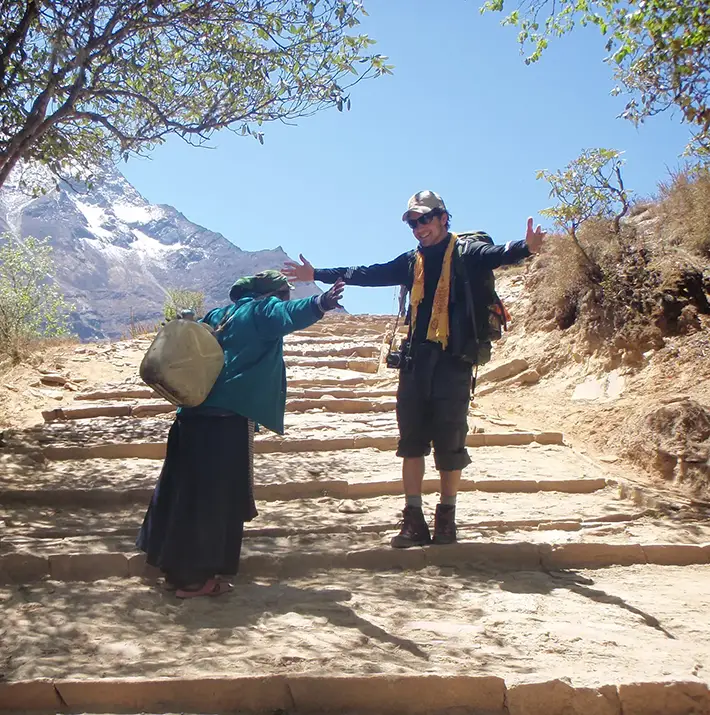Embark on a trekking odyssey to EVEREST BASE CAMP. Tusker Trail’s expert guides lead you on the trek of a lifetime through the Khumbu valley – from awe inspiring peaks to the captivating tapestry of Sherpa village life. This journey to the foot of Mt. Everest will be etched into your soul and will transform you in way you cannot imagine.
International:
North America:
Menu

International:
North America:
- Home
- Kilimanjaro Climb
- Kilimanjaro Planner
- Other Treks
- About Us
- Dates + Prices + Booking
- Contact





